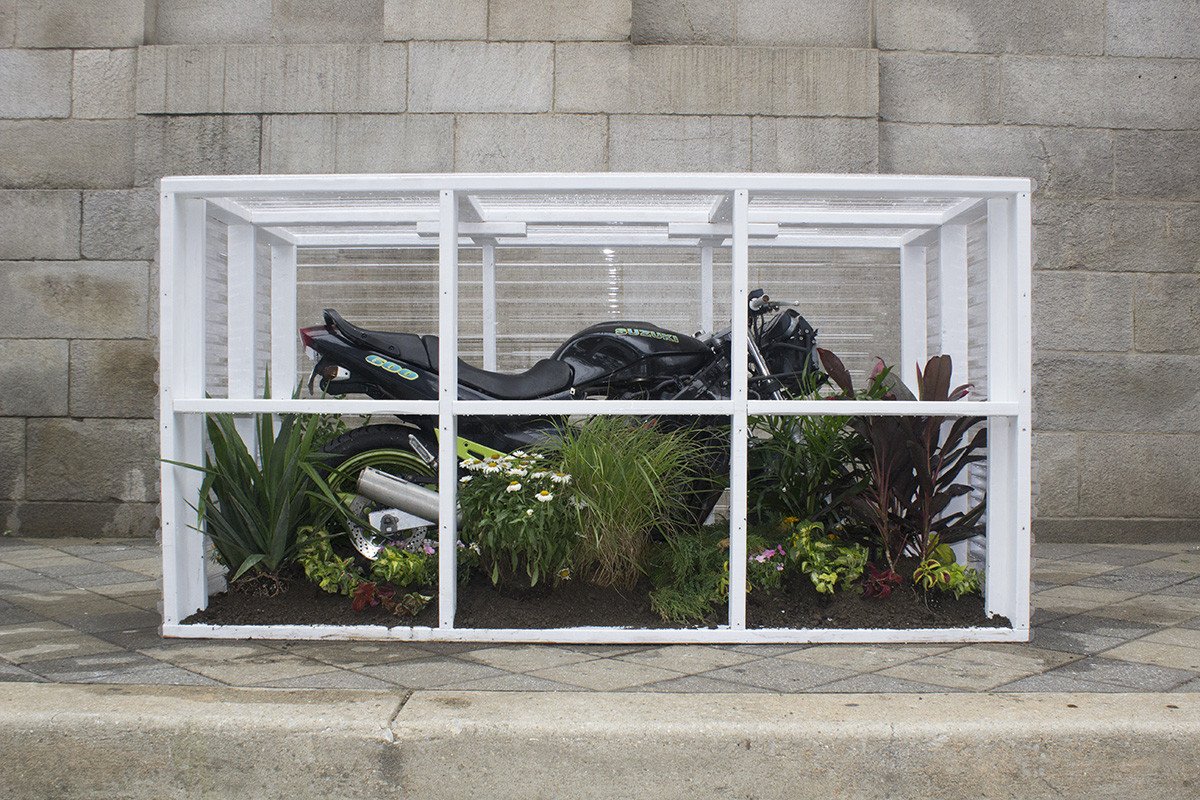
Patrick Cabry
Art in the Open
Patrick Cabry is an American mixed-media artist that creates cross-disciplinary works that converge on art and environmental science in sustainability. Cabry received a BFA with a minor in Art History from West Chester University in 2014. He graduated with an MFA from the University of the Arts in Philadelphia in 2017, where his work took a dramatic shift toward new media and horticultural experimentation. Cabry has permanent installations and mixed-media works in numerous public and private collections throughout the greater Philadelphia area and along the East coast. Currently, he is an adjunct instructor of the arts at Rutgers University.
I will build and install a “living recycling bin” for the event and for viewers to utilize. The bin contains living organic matter such as plants, soil, etc. and are completely self-contained and run off of Arduino programming that autonomously waters itself when humans interact with the work via motion sensors, but also contains soil sensors, careful not to over water. This work gives viewers direct control of the livelihood of living plants through their effort to recycle in the bin, spreading awareness of the necessity of recycling, while also keeping viewers mindful of their own carbon footprint. I have already installed a prototype design onto Broad St. this past summer with utilization and success by the public. With this particular project, however, I want to combine my “boundary drawings” with one of my recycle bins. The boundary drawings that I do on glass, are microscopic close-up views of terrain that have been impacted by human civilization, and often include an area where soil meets oil spilled asphalt, etc. A public park is a perfect place for me to collect a sample and map the terrain via my drawing process on glass, which is a new technique that I have created to chemically fix oil ink to glass. Typically, I name the work of the exact coordinates of my sample, so that viewers may pull this up on their phone maps to view the origin of the terrain/ image. In this case, the sample would be taken from the same trail, giving viewers a place to venture and see where the sample was taken, as well as using the recycle bin.




